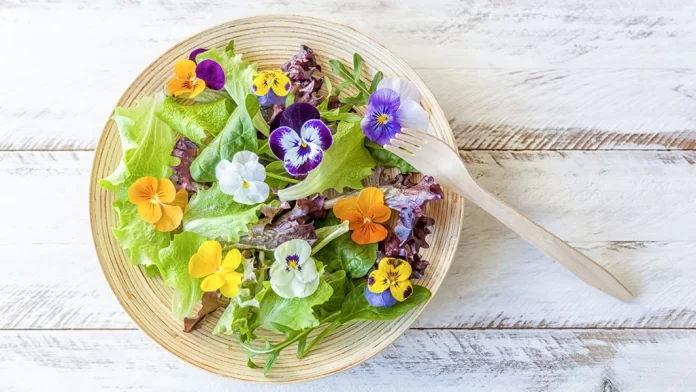In addition to the vibrant world of fruits and vegetables, there is a treasure trove of edible flowers and leaves that can add a touch of elegance and unique flavors to your culinary creations. Here are a few delightful options to consider:
1. Edible Flowers:
- Rose petals: Delicate and fragrant, rose petals bring a romantic essence to both sweet and savory dishes.
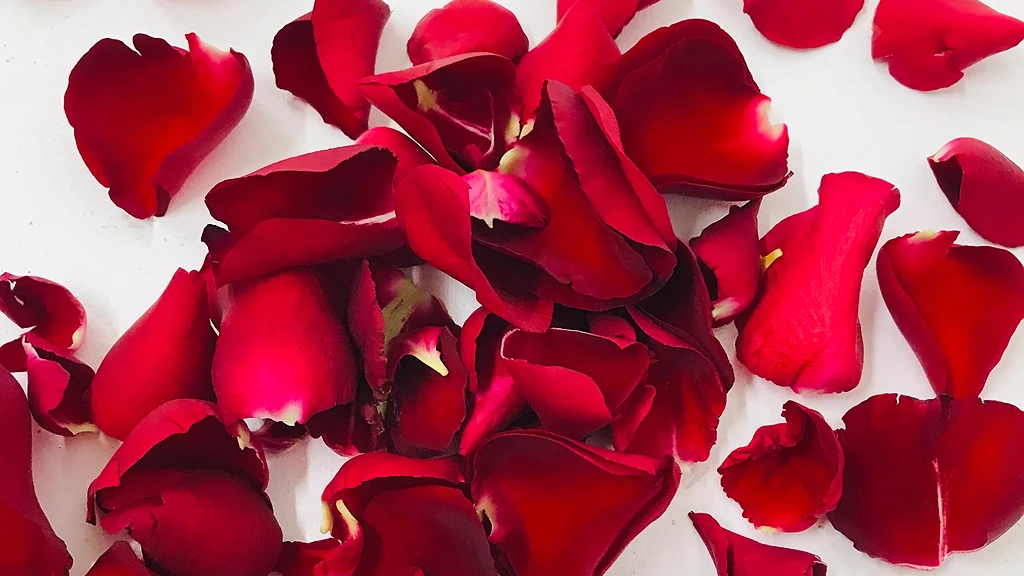
- Lavender: Known for its calming aroma, lavender flowers lend a subtle floral flavor to desserts, teas, and even savory dishes like roasted meats.
 Nasturtium: These vibrant, peppery flowers come in a range of colors and can be used in salads, sandwiches, or as a garnish for a pop of color.
Nasturtium: These vibrant, peppery flowers come in a range of colors and can be used in salads, sandwiches, or as a garnish for a pop of color.
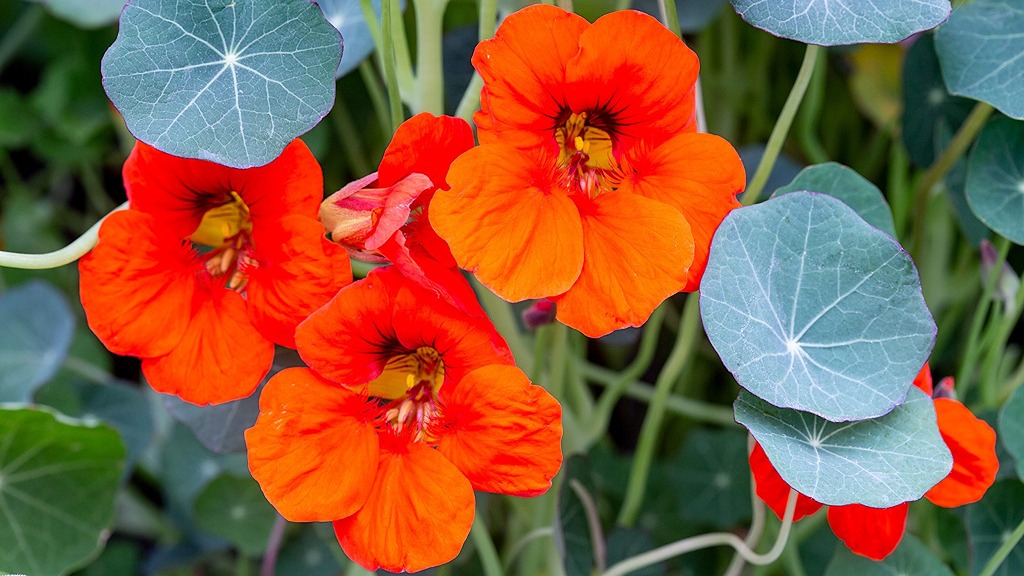 Violas and Pansies: With their delicate petals, these flowers add beauty to salads, desserts, or as decorative touches on cakes and pastries.
Violas and Pansies: With their delicate petals, these flowers add beauty to salads, desserts, or as decorative touches on cakes and pastries.
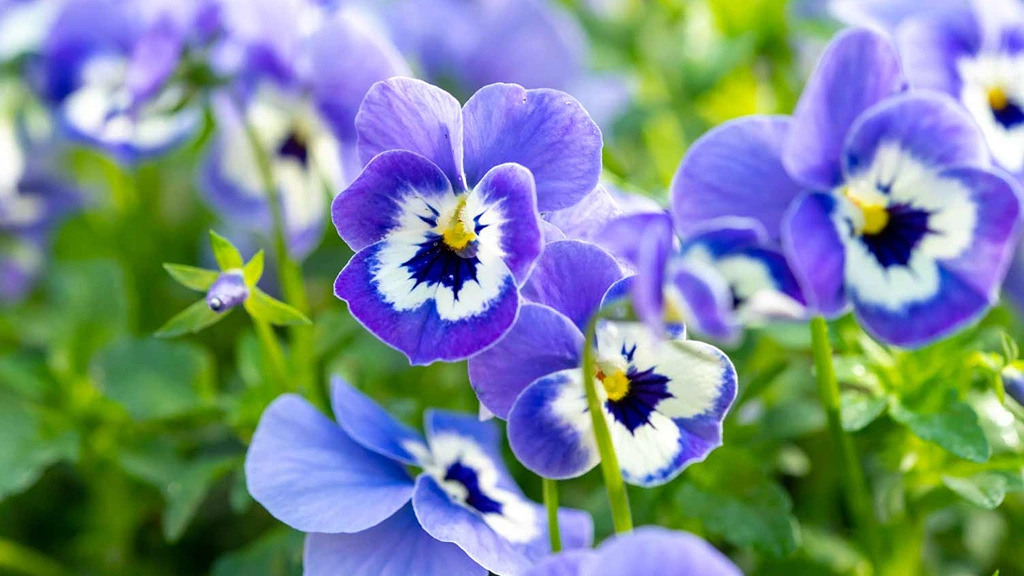 Calendula: Also known as marigold, calendula flowers have a slightly tangy flavor and can be used in soups, stews, or as a colorful addition to rice dishes.
Calendula: Also known as marigold, calendula flowers have a slightly tangy flavor and can be used in soups, stews, or as a colorful addition to rice dishes.
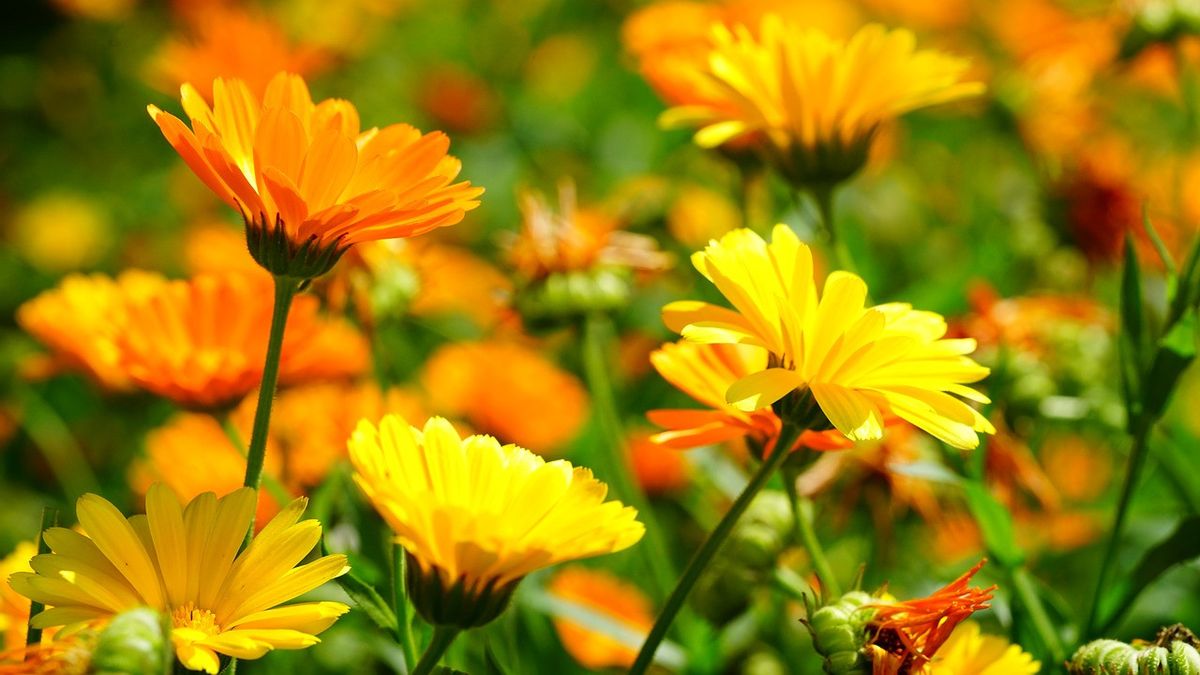
- Purple Pea Flower: Butterfly pea flower is a common ingredient in many herbal teas, mixed drinks, and cosmetic products.
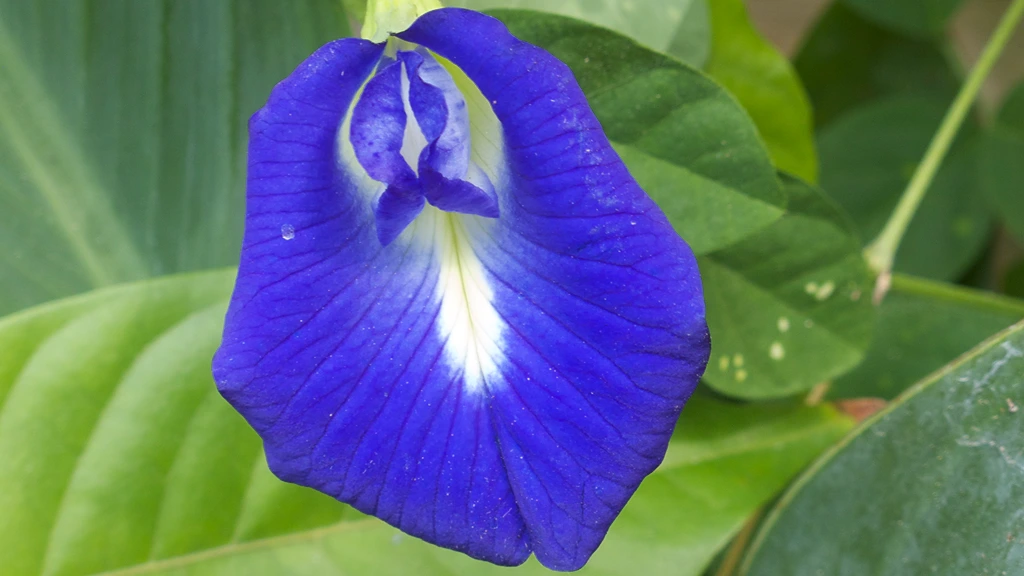
- Squash flowers: The flowers of both summer and winter squash are edible. You can eat them raw, dipped in batter and fried, stuff with cheese and baked, served over pasta or in a quesadilla.
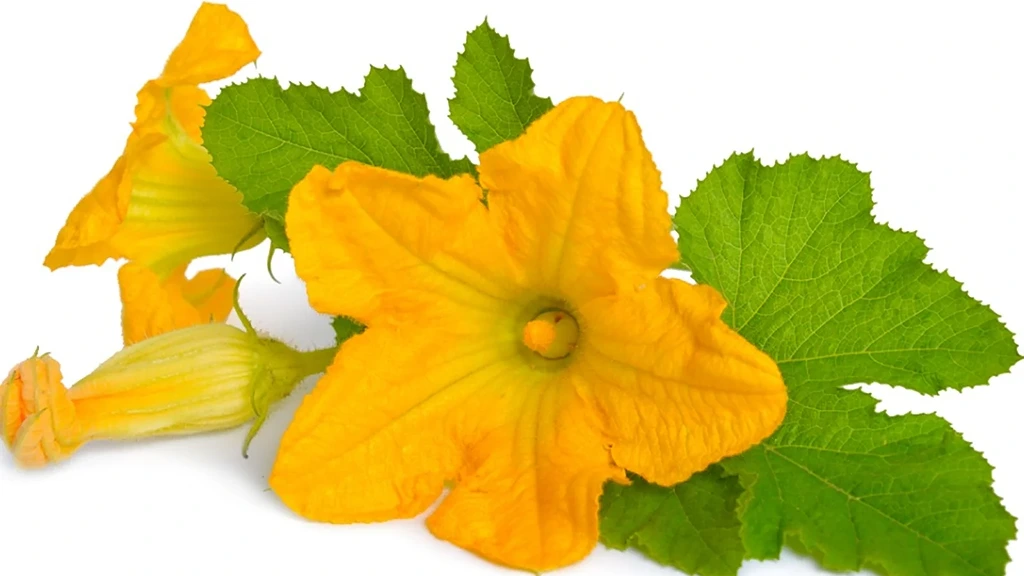
2. Edible Leaves:
- Basil leaves: Besides being a popular herb, basil leaves can be enjoyed fresh in salads, used as wraps for fillings, or infused into oils and vinegars for a burst of flavor.
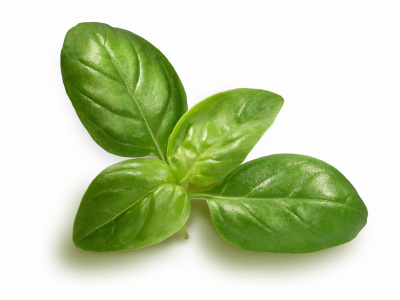 Mint leaves: Cool and refreshing, mint leaves are perfect for teas, cocktails, fruit salads, and desserts like ice creams or chocolates.
Mint leaves: Cool and refreshing, mint leaves are perfect for teas, cocktails, fruit salads, and desserts like ice creams or chocolates.
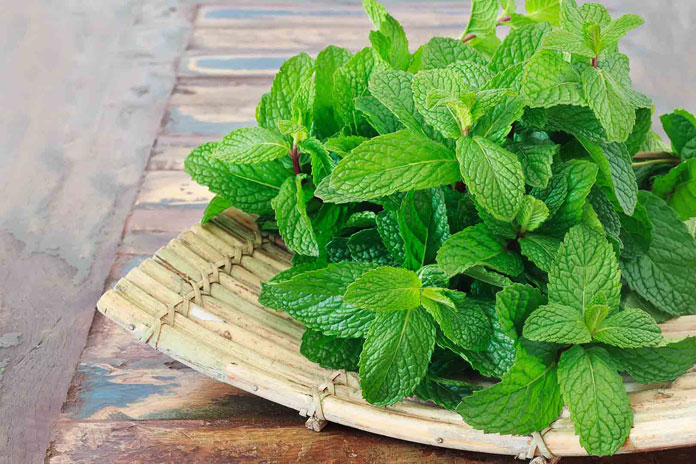
- Lemon verbena leaves: With a citrusy fragrance, lemon verbena leaves enhance the flavor of beverages, sorbets, and savory dishes like fish or poultry.
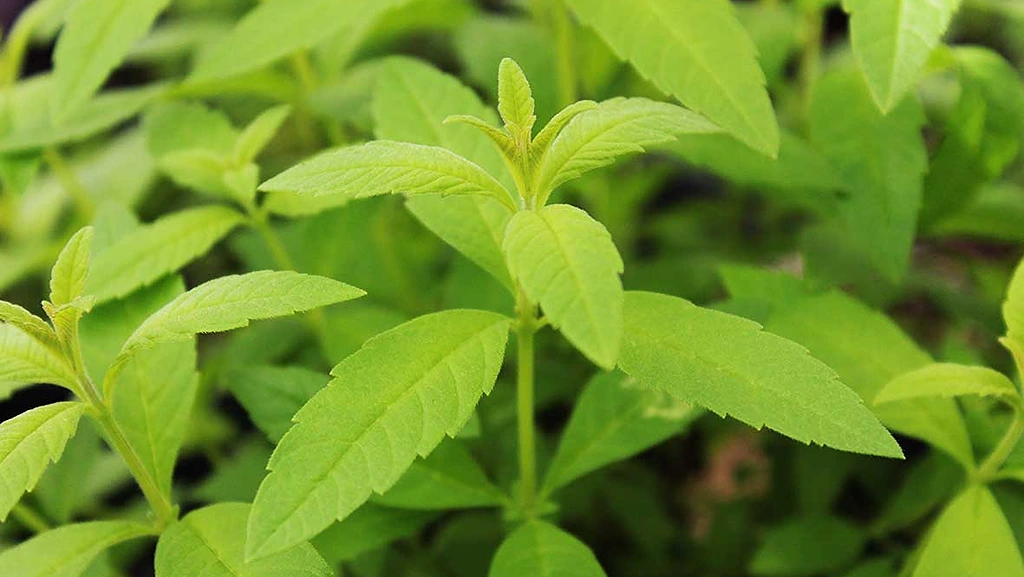
- Kale leaves: As a nutritious powerhouse, kale leaves can be enjoyed raw in salads, used as wraps, or even crisped into kale chips for a healthy snack.
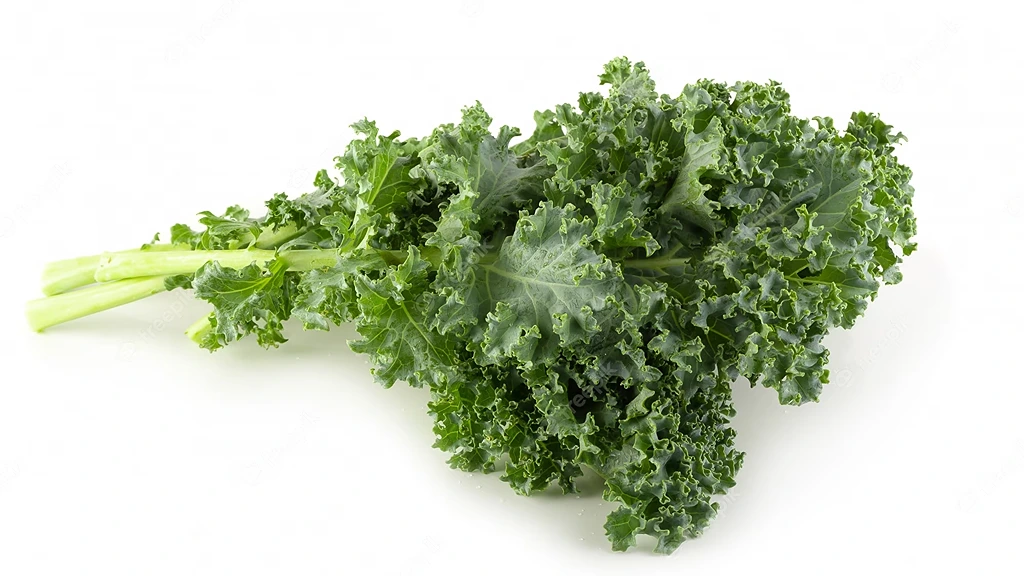
- Sorrel leaves: These lemony greens are excellent additions to soups, sauces, and salads, providing a tangy and refreshing taste.
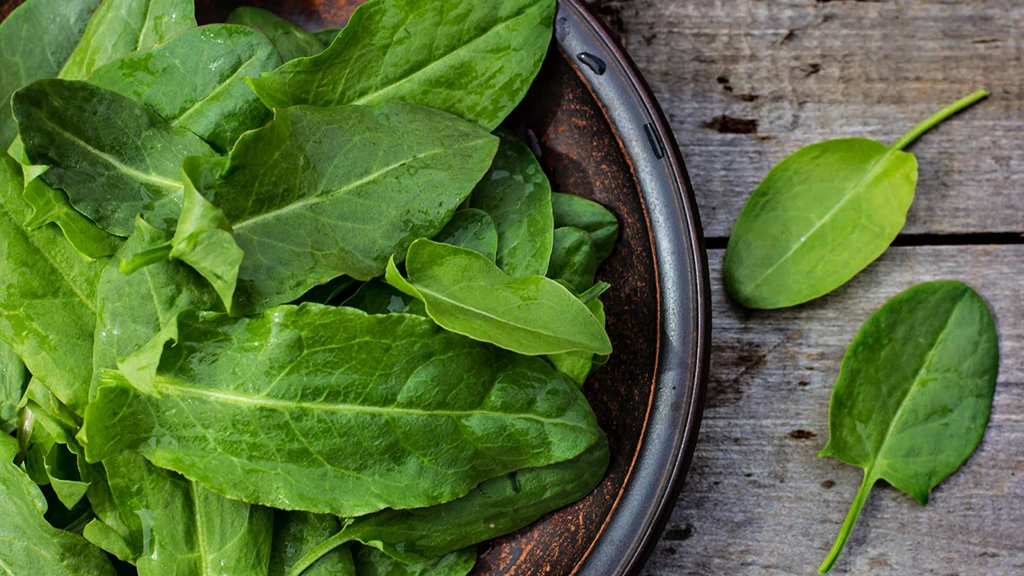
- Pandan Leaves: imparts fragrance into dessert and rice. It’s also used as a natural green coloring in desserts.
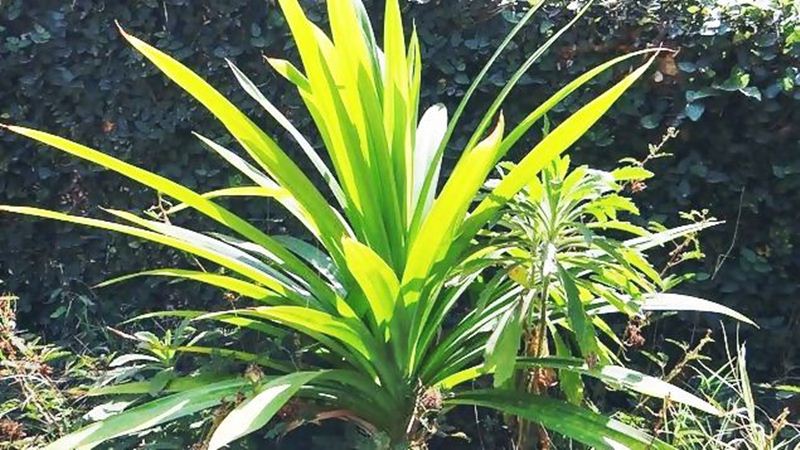
- Morianga Leaves: The moringa leaves are nutritionally very rich. Adding them to juices and using them as stir-fry vegetables are the most common ways in which they are eaten.
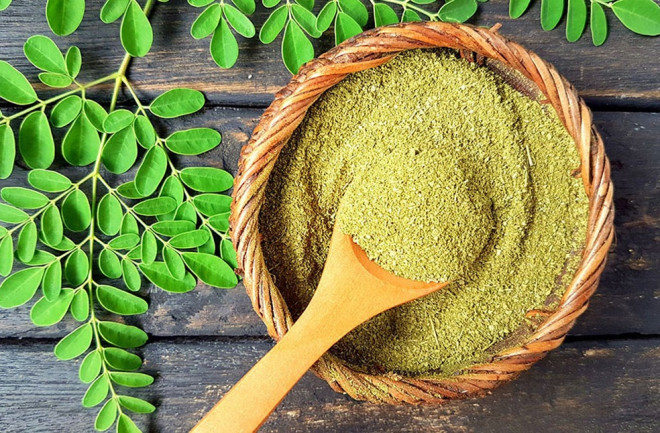
When using edible flowers and leaves, it is essential to ensure they are organically grown and free from pesticides or chemicals. Before incorporating them into your dishes, give them a gentle rinse and remove any stems or parts that are not edible.
Remember, the world of edible flowers and leaves is vast, and there are numerous other options available. Feel free to explore and experiment with different varieties to discover your personal favorites. With their vibrant colors, delicate flavors, and decorative appeal, these floral and foliage delights will add a touch of culinary artistry to your dining experiences. Enjoy the journey of exploring these edible gems and creating beautiful, flavorful dishes.

